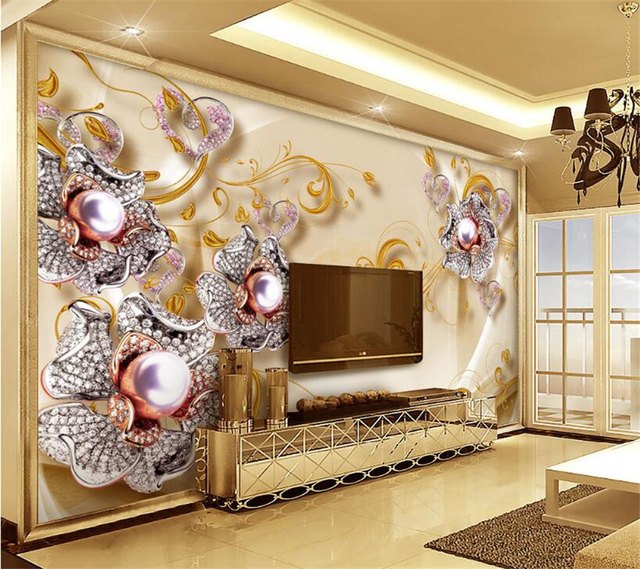Home Interior Design: Creating Your Dream Space
Home interior design is an art that transcends mere decoration; it’s about creating spaces that reflect your personality and meet your lifestyle needs. A well-designed interior not only enhances the aesthetic appeal of your home but also improves functionality and comfort. Here’s a comprehensive guide to help you understand the fundamental principles of home interior design and how to apply them to create your dream space.
Understanding Your Style
Before diving into design, it’s crucial to identify your personal style. Take inspiration from various sources like magazines, online platforms, and showrooms. Are you drawn to modern minimalism, rustic charm, or classic elegance? Understanding your preferences will guide your decisions throughout the design process.
Space Planning
Space planning is the backbone of interior design. It involves arranging furniture and decor in a way that maximizes space while ensuring flow and functionality. Begin by measuring your rooms and creating a layout. Consider the purpose of each room and how you intend to use the space. For example, in a living room, you might want to create distinct areas for lounging, entertaining, and reading. Use furniture placement to define these zones while maintaining an open, inviting atmosphere.
Color Palette
Color is a powerful tool in interior design, capable of influencing mood and perception. Choose a color palette that resonates with your personal style and complements the architecture of your home. Neutral tones create a calm and timeless backdrop, while bold colors can add energy and personality. Consider using a mix of colors—one dominant hue, a secondary accent color, and one or two additional shades for depth. Test paint samples on your walls to see how they change throughout the day with different lighting.
Selecting Furniture
When choosing furniture, prioritize comfort and quality. Invest in key pieces that fit your style and are functional for your space. For example, a large sectional may work well in a spacious living room, while a sleek sofa could suit a smaller area. Additionally, consider multi-functional furniture, like ottomans with storage or extendable dining tables, especially in smaller homes.
Lighting
Lighting is a crucial yet often overlooked aspect of interior design. A well-lit space can make a room feel larger and more inviting. Incorporate a variety of lighting sources—ambient, task, and accent. Use overhead fixtures for general lighting, table lamps for reading, and wall sconces to highlight artwork or architectural features. Dimmer switches can also enhance the versatility of your lighting, allowing you to adjust the mood according to the occasion.
Textures and Patterns
Incorporating different textures and patterns adds depth and interest to your design. Combine smooth surfaces, like glass and metal, with softer elements, such as textiles and natural materials. Layering rugs, cushions, and throws can create a cozy atmosphere. When it comes to patterns, use them sparingly to avoid overwhelming the space. A statement piece, such as a patterned rug or an accent wall, can add character without being too busy.
Personal Touches
Finally, infuse your personality into the design. Display art, photographs, and souvenirs that tell your story. Plants can add life and freshness to any room, while books and decorative items contribute to a curated look. Remember, your home should be a reflection of who you are, so let your creativity shine through in your design choices.
Conclusion
Home interior design is a blend of creativity, practicality, and personal expression. By understanding your style, planning your space, selecting the right colors and furnishings, and adding personal touches, you can create a home that not only looks beautiful but also feels uniquely yours. Embrace the design process, and enjoy transforming your living space into a sanctuary that resonates with your lifestyle and taste.

